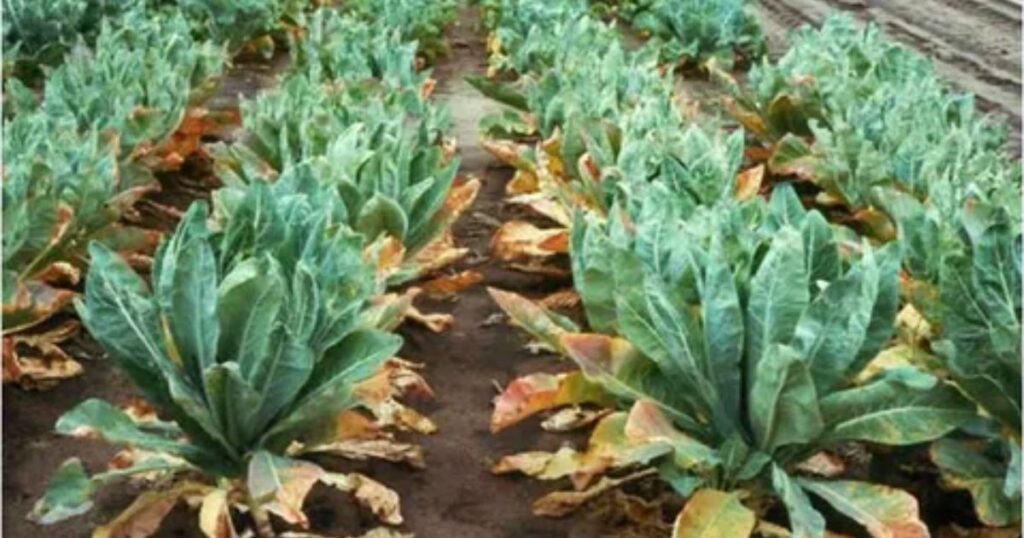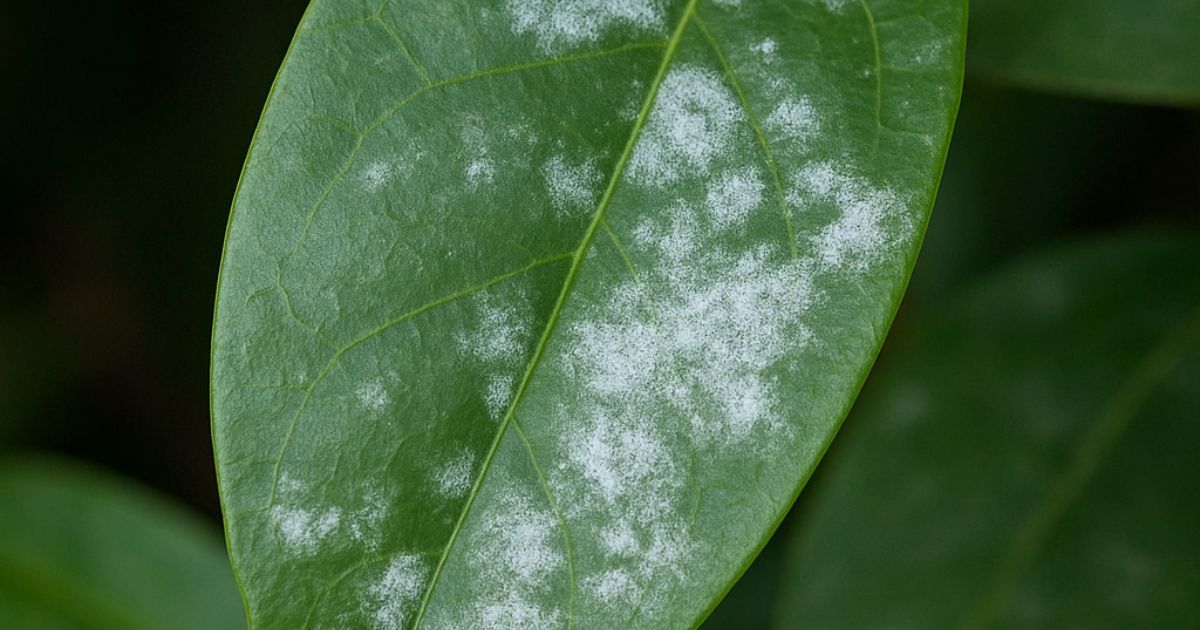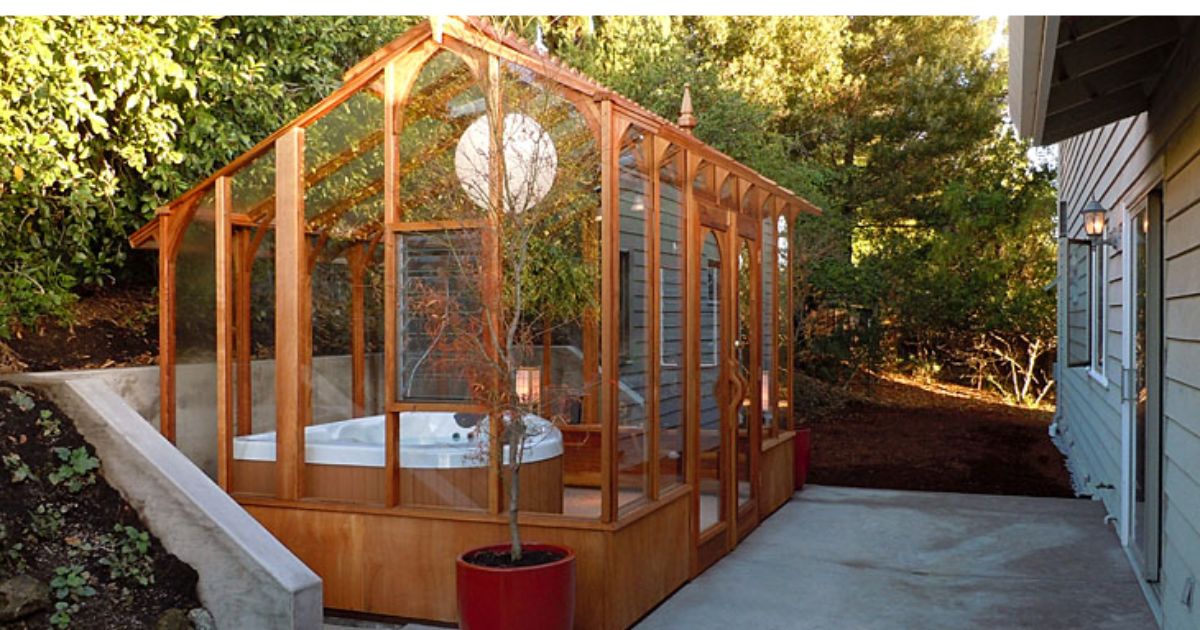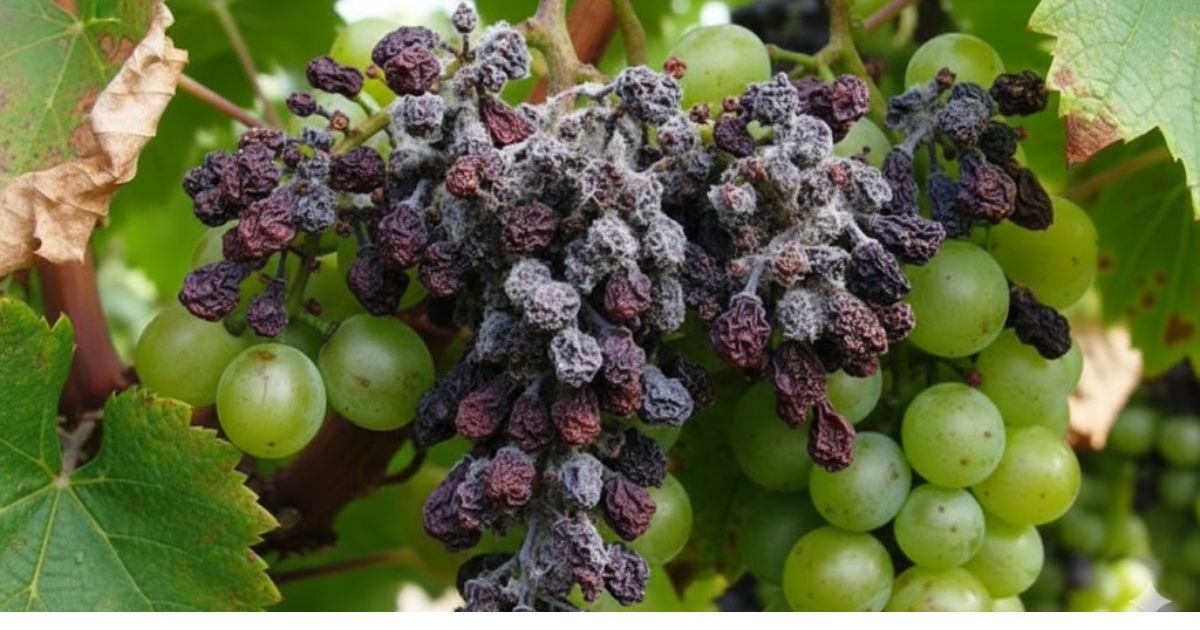Every plant lover has faced that moment of confusion when their once-thriving plant suddenly looks sad, its leaves turning yellow, drooping, or showing strange spots. You’ve watered it, moved it around, maybe even talked to it, but still, something isn’t right. So, what’s wrong with your plant?The truth is, plants can’t tell us directly when they’re stressed, but they do show signs we need to learn how to read them. Whether you’re dealing with yellowing leaves, wilting stems, or slow growth, every symptom tells a story about what your plant needs.
In this guide, we’ll help you figure out what’s going wrong with your plant, step by step. From watering mistakes and light issues to pests and nutrient problems, you’ll learn how to diagnose the issue and bring your green friend back to full health. Let’s get your plants happy and thriving again!
Identifying the Symptoms
Before you can fix your plant, you need to understand what it’s trying to tell you. Plants show stress in different ways depending on the cause, whether it’s water, light, pests, or disease. Paying close attention to the leaves, stems, and soil can reveal valuable clues about what’s wrong. Here are some of the most common symptoms to look out for:
Yellowing Leaves
Yellow leaves often signal trouble with watering. While too few leaves might result in root rot, too much water can make the plant thirsty and stressed. Sometimes, yellowing can also indicate a nutrient deficiency or poor drainage.
Brown or Crispy Edges
When the tips or edges of leaves turn brown and crunchy, Top 10 Mistake When You Plant Milkweed it’s usually a sign of low humidity, over-fertilization, or inconsistent watering. Plants like ferns and calatheas are susceptible to dry air.
Drooping or Wilting
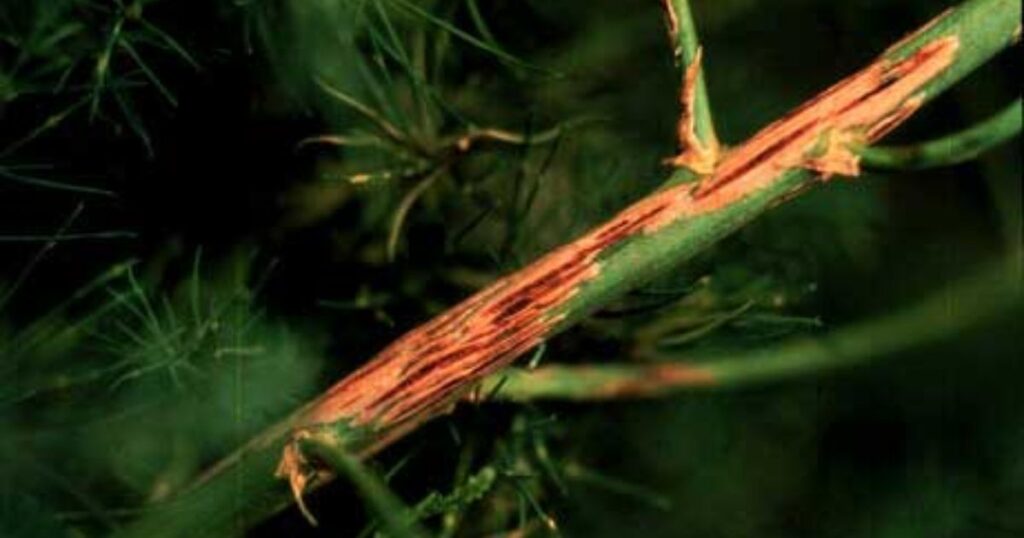
A plant that suddenly droops might be either overwatered or underwatered. Check the soil if it’s soggy, you’ve likely overdone it; if it’s dry and cracked, your plant needs a drink.
Spots, Mold, or Fuzzy Growth
Dark spots or white fuzzy patches often mean fungal or bacterial infection. Powdery mildew, root rot, or leaf spot diseases are common culprits, especially when humidity is high and air circulation is poor.
Stunted Growth or Leaf Drop
If your plant stops growing or starts losing leaves unexpectedly, it may be lacking essential nutrients, light, or space for roots to grow. Repotting or using a balanced fertilizer can help revive it.
Discoloration or Unusual Patterns
Leaves that look mottled, curled, or distorted could be suffering from pest damage. Tiny insects like aphids or spider mites suck sap from the leaves, leaving behind yellow spots or sticky residue.
By recognizing these symptoms early, you can take the proper steps to treat your plant and prevent further damage. In the next section, we’ll explore the most common causes behind these warning signs and how to fix them before it’s too late.
Common Causes of Plant Problems
Once you’ve identified the symptoms, the next step is understanding why your plant is struggling. Most plant problems come down to a few common causes: water, light, nutrients, pests, or environment. Knowing how each factor affects your plant makes it easier to find the real issue and bring your plant back to life.
Overwatering or Underwatering
Watering issues are the most common reason plants start to fail.
- Overwatering causes root rot, yellow leaves, and a soggy smell from the soil.
- Underwatering leads to wilting, crispy leaves, and slow growth.
- To fix this, always check soil moisture before watering. Most plants prefer slightly moist, not soaked, soil.
Poor Light Conditions
Light is the fuel for your plant’s growth.
- Too little light results in leggy stems, pale leaves, and slow development.
- Too much direct sunlight can burn leaves, resulting in brown patches or faded colors.
- Move your plant to a spot that matches its natural light needs. Bright, indirect light works best for most houseplants.
Nutrient Deficiency
Plants require a balanced diet, just like people do. When they lack essential nutrients, they show visible signs:
- Nitrogen deficiency causes yellow lower leaves.
- Iron deficiency leads to yellowing between leaf veins.
- Lack of potassium makes leaf edges turn brown.
- Use a balanced, slow-release fertilizer or organic compost to restore nutrients safely.
Pests and Insects
Tiny invaders like aphids, spider mites, mealybugs, and fungus gnats can cause significant damage. You might notice sticky residue, holes in leaves, or webbing.
To manage pests, isolate the affected plant, keep the area tidy, and use insecticidal soap or neem oil to wipe the leaves.
Fungal or Bacterial Diseases
When the environment is too humid or air circulation is poor, How to Identify Bumps on Tomato Plant Stem diseases like powdery mildew, root rot, or leaf spot can appear. Symptoms include white fuzz, dark lesions, or a rotting smell.
Improve air flow, water at the base (not on leaves), and remove affected parts immediately.
Temperature and Humidity Stress
Sudden changes in temperature or dry indoor air can stress your plant. Cold drafts, heaters, or air conditioners may cause leaves to curl or drop.Keep plants away from extreme temperature sources and, if needed, use a humidifier or mist leaves occasionally.
Understanding these common causes is the key to diagnosing your plant’s problem accurately. In the next section, we’ll go step-by-step through how to diagnose plant issues like a pro so you can take quick, effective action.
Step-by-Step Diagnosis Guide
When your plant starts showing signs of distress, don’t panic; take a detective’s approach. A careful observation of its environment, soil, and leaves can often reveal the root cause. Here’s a simple, step-by-step guide to help you diagnose what’s wrong with your plant and get it back on track.
Observe the Leaves and Stems
Start with a close visual inspection.
- Look for yellowing, browning, curling, or spotting on the leaves.
- Check for soft, mushy stems (a sign of overwatering) or dry, brittle ones (a sign of underwatering).
- Note whether the damage is on old or new leaves, as this detail helps identify nutrient or environmental issues.
Examine the Soil
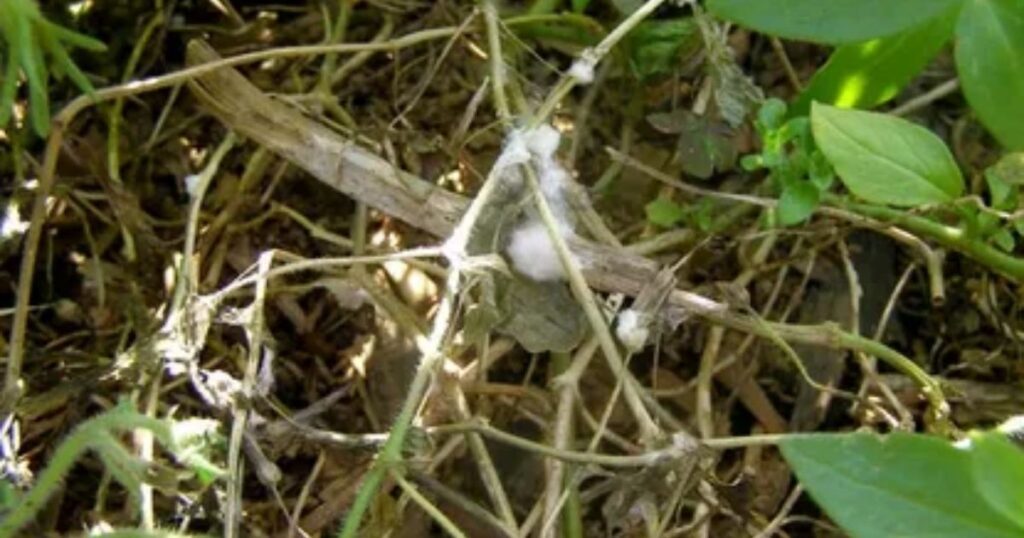
The soil tells a lot about your plant’s health.
- Dig a finger an inch into the ground. If it’s soggy, it’s overwatered; if it’s dry and compacted, it needs water.
- Smell the soil; a foul odor can indicate root rot.
- Check drainage holes to ensure excess water can escape properly.
Assess the Light Conditions
Is your plant getting the right amount of light?
- Too little light causes long, weak stems and pale leaves.
- They can be bleached or burned by too much direct sunlight.
- Consider relocating your plant to an area that receives enough light. How to Take Hydrangea Cuttings: A Step-by-Step Guide Level. Bright, indirect sunlight works best for most houseplants.
Check for Pests
Look carefully at both sides of the leaves and along the stems.
- Common pests like aphids, spider mites, or mealybugs may appear as tiny dots or webs.
- You might also see sticky residue or small holes in leaves.
- If pests are present, separate the plant and apply insecticidal soap or neem oil on it.
Review Your Watering and Feeding Routine
Think about how often you’ve been watering or fertilizing.
- Overwatering and frequent fertilization are common causes of stress.
- Check if you’ve been using the right fertilizer; some plants prefer diluted or specific nutrient formulas.
- Keeping a simple watering log can help you spot bad habits over time.
Inspect the Roots (if necessary)
If your plant continues to decline, gently examine the roots by taking it out of its pot.
- Healthy roots: white or light tan, firm, and smell fresh.
- Unhealthy roots: brown or black, mushy, and smell rotten.
- Trim away damaged roots and repot into fresh, well-draining soil.
Consider Environmental Changes
Have you moved your plant recently? Changes in temperature, humidity, or air flow can cause stress.
- Keep plants away from vents, radiators, or cold drafts.
- Maintain consistent humidity levels, especially for tropical species.
How to Fix Common Plant Issues
Now that you’ve identified what’s troubling your plant, it’s time to bring it back to life. Most plant problems can be corrected with small, consistent changes to care habits. Whether your plant is drooping, yellowing, or losing leaves, here’s how to fix the most common issues and help it thrive again.
Adjust Your Watering Routine
Watering mistakes are behind most plant troubles.
- If overwatered: Before you water the soil again, let it dry out completely. Verify that the pot has the right drainage holes. Remove any yellow, mushy leaves and trim damaged roots if needed.
- If underwatered: Water thoroughly until excess water drains out of the bottom. Create a regular watering schedule that suits your plant’s needs, and avoid letting the soil stay bone dry for too long.
Improve Light Conditions
- Too little light: Move your plant closer to a bright window, preferably one with filtered sunlight.
- Too much direct sunlight: Shift it to a spot with indirect or diffused light to avoid leaf burn.
Treat Pest Infestations
Pests can spread quickly if not managed early.
- Using a moist towel, wipe the leaves to remove insects and sticky residue.
- Spray neem oil or insecticidal soap weekly until pests are gone.
- Isolate infected plants to prevent spreading to others.
Restore Soil Health and Drainage
Poor soil or compacted roots can cause stress.
- Repot your plant every 6–12 months with fresh, well-draining soil.
- To avoid root rot, use a pot with drainage holes.
- For heavy soils, mix in perlite or sand to improve aeration.
Correct Nutrient Deficiencies
If your plant shows signs of yellow leaves or weak growth, How to Prune a Hydrangea in Spring for Healthy Growth it may need a nutrient boost.
- Use a balanced, water-soluble fertilizer (like 10-10-10) every 4–6 weeks during the growing season.
- Because it can burn the roots, don’t fertilize too much.
- Organic compost or worm castings can also enrich the soil naturally.
Manage Temperature and Humidity
- Keep indoor plants in a consistent temperature range (18–25°C / 65–77°F).
- Avoid placing them near heaters, air conditioners, or drafty windows.
- Mist plants or use a humidifier to maintain moisture in dry air.
Why Are My Plants Not Growing?
Watching a plant sit in the same spot for weeks or months without any noticeable growth can be frustrating. Whether it’s a houseplant, vegetable, or flower, slow or stunted growth usually signals that something in its environment isn’t quite right. The careful balance of light, water, and nutrients is essential for plants. Temperature and soil are required for plants to thrive. When any of these factors are off, growth slows or stops entirely.One of the most common causes is insufficient light. Plants need sunlight for photosynthesis, the process that fuels their growth. Without enough light, leaves may yellow, stems stretch, and new growth may be sparse. Poor soil quality can also limit development; nutrient-deficient or compacted soil restricts root growth and prevents plants from absorbing essential minerals. Watering mistakes, either overwatering or underwatering, stress plants and can even lead to root rot, further stunting growth.
Other factors include nutrient deficiencies, extreme temperatures, overcrowded roots, and pest infestations. Diagnosing the exact cause requires careful observation of leaves, stems, roots, and soil. Once the underlying issue is identified, simple adjustments to proper lighting, soil enrichment, watering balance, and pest control can restore healthy growth. Patience is key: with consistent care, most plants will recover and flourish again.
Preventing Future Problems
Once your plant has recovered, the best thing you can do is ensure it stays healthy in the long term. Preventing problems before they start is much easier than fixing them later, and it all comes down to consistent care and observation. Here’s how to keep your plants thriving year-round.
Create a Regular Plant Care Routine
Set up a weekly schedule for watering, cleaning, and inspecting your plants. Consistency helps prevent both overwatering and neglect.
- Check soil moisture before each watering.
- Dust leaves gently to help them breathe and absorb light.
- Note any early signs of yellowing or pests so you can act fast.
Learn Each Plant’s Specific Needs
Every plant species has its own preferences for light, soil, water, and humidity.
- Research the natural habitat of your plants. For example, succulents love bright light and dry soil, while ferns need shade and moisture.
- Adjust placement and care routines accordingly.
Soil and Clean Pots
Healthy roots start with clean, nutrient-rich soil.
- Always use a high-quality potting mix suited to your plant type.
- Avoid reusing old soil, as it may contain pests or diseases.
- Clean pots with mild soap and water before repotting to prevent contamination.
Maintain Ideal Light, Temperature, and Humidity
A stable environment is key to plant health.
- Keep plants away from extreme heat, How to Identify Fungi That Grows on Trees cold drafts, or direct air from fans and AC units.
- For tropical plants, use a humidifier or pebble tray to maintain moisture levels.
- Rotate your plants every few weeks for even light exposure.
Inspect Regularly for Pests and Disease
Early detection can save your entire plant collection.
- Look under leaves and around the soil for tiny insects or mold.
- Treat any signs of infestation immediately with natural solutions like neem oil.
Avoid Overfeeding and Overhandling
Too much fertilizer or frequent repotting can do more harm than good.
- Feed sparingly; less is often more.
- Repot only when roots outgrow their container.
- Handle plants gently, as constant movement or touching can cause stress.
Observe and Respond Promptly
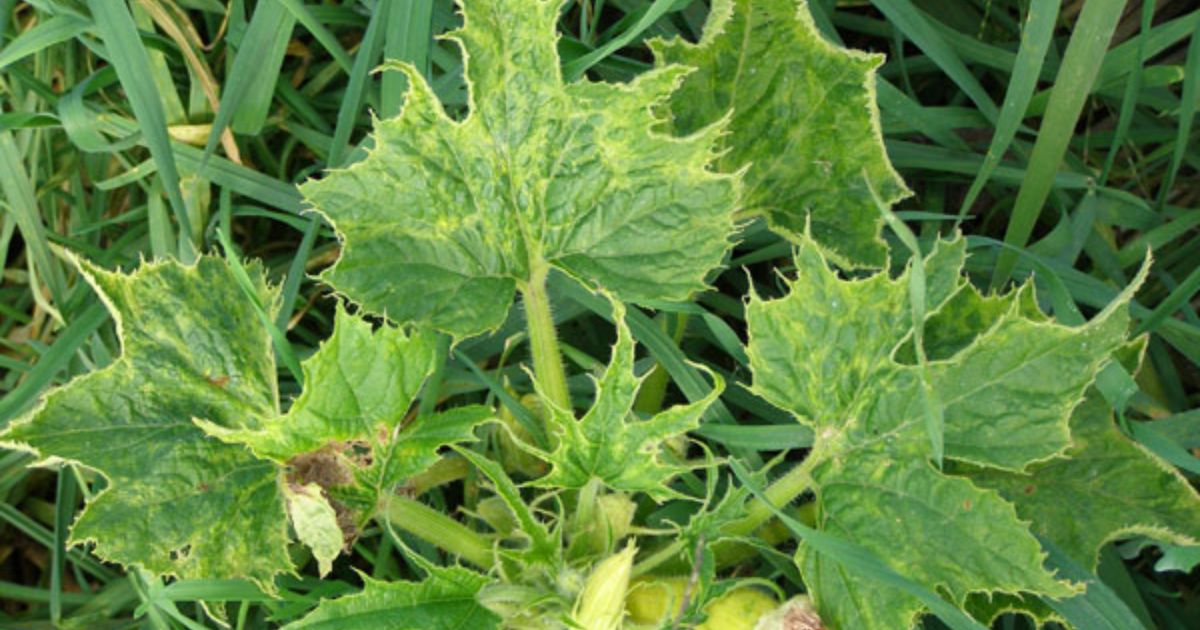
Plants are great communicators; their leaves, color, and posture tell you when something’s off.
- A quick response to minor issues (like drooping or yellowing) prevents larger problems later.
- Remember, a thriving plant is one that’s cared for regularly, not perfectly.
Conclusion
Caring for plants isn’t always straightforward; even the most experienced gardeners face mysterious yellow leaves or drooping stems from time to time. But every problem is also an opportunity to learn more about your plant’s needs and how nature communicates through minor signs. When your plant looks unhealthy, don’t lose hope. Take the time to observe, diagnose, and make thoughtful changes. Most plants are surprisingly resilient and can bounce back quickly once their environment improves.
With the right balance of water, light, nutrients, and love, you’ll see new growth and vibrant color return in no time.Remember, healthy plants don’t just happen; they thrive because of consistent care and attention. Thus, continue to learn, exercise patience, and relish the fulfilling path. Watching your plants grow strong and beautiful again.
FAQ
How do I know if my plant is overwatered or underwatered?
Check the soil. If it’s soggy and smells musty, your plant is overwatered. If it’s dry and pulling away from the pot’s edges, it’s underwatered. Overwatered plants often have yellow leaves, while underwatered ones look dry and wilted.
What are the first signs of plant disease?
Early signs include dark spots on leaves, fuzzy white mold, or a foul smell from the soil. You might also notice leaves dropping suddenly or roots turning brown and mushy. Remove affected parts immediately and improve air circulation to stop the spread.
How often should I check my plants for pests?
Inspect your plants at least once a week. Look under leaves, along stems, and around the soil. Catching pests early, like aphids or spider mites, makes them much easier to control using natural remedies such as neem oil or insecticidal soap.
Can I save a dying houseplant?
In many cases, yes! Start by trimming away dead or damaged parts, checking the roots for rot, and repotting into fresh, well-draining soil. Adjust watering and lighting as needed. With patience and proper care, most plants can recover.
What’s the best natural way to boost plant health?
Use organic compost or worm castings to enrich the soil, and water with rainwater when possible. Regularly wipe leaves clean, rotate plants for even light, and maintain steady humidity. These small habits go a long way toward keeping your plants vibrant.

